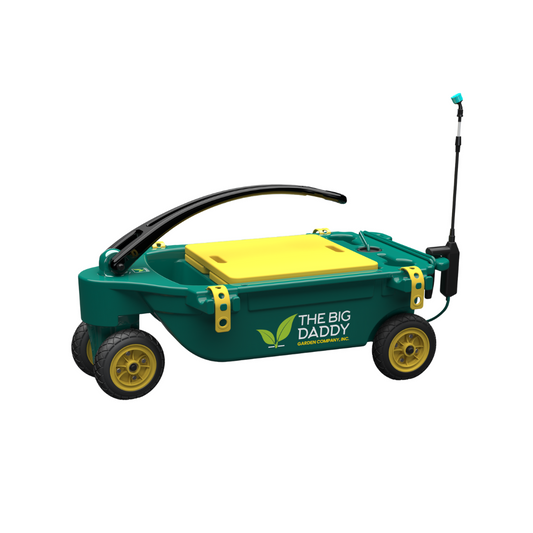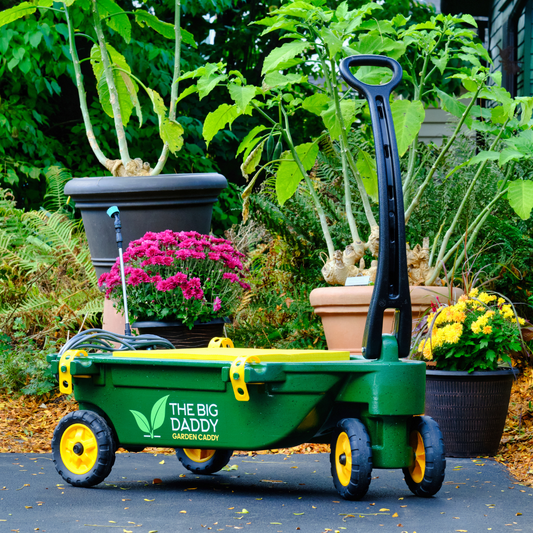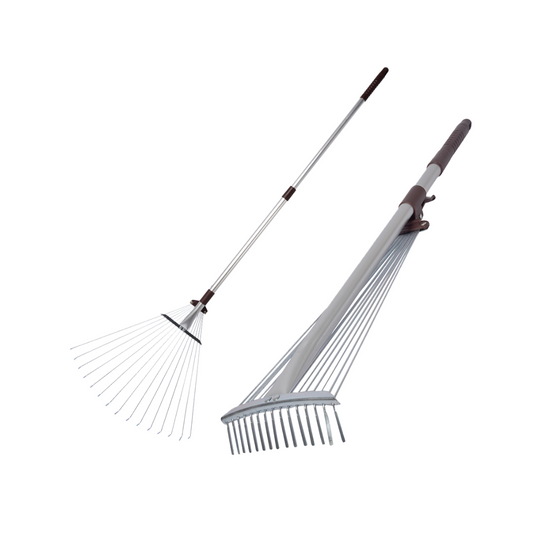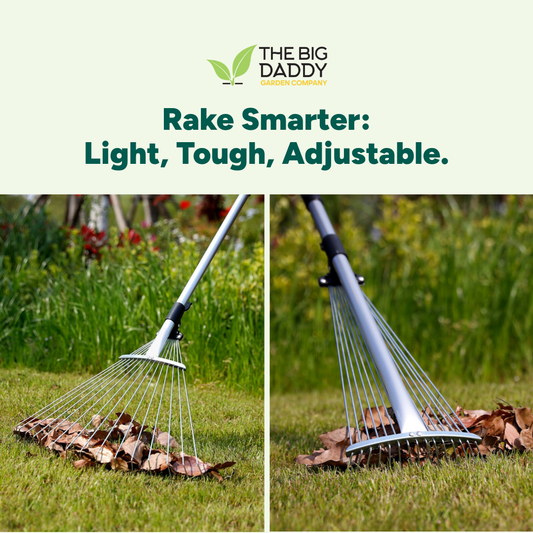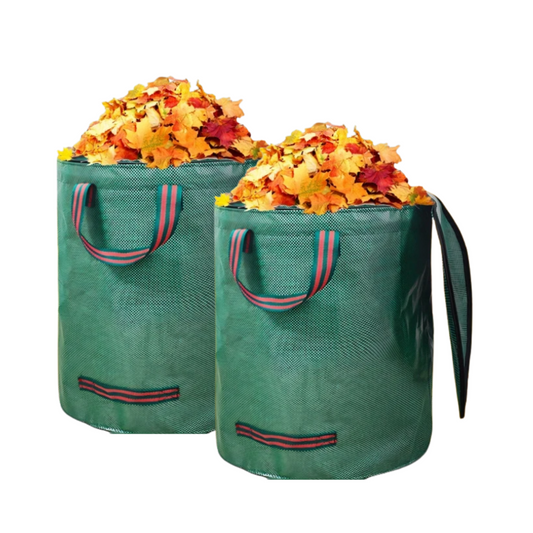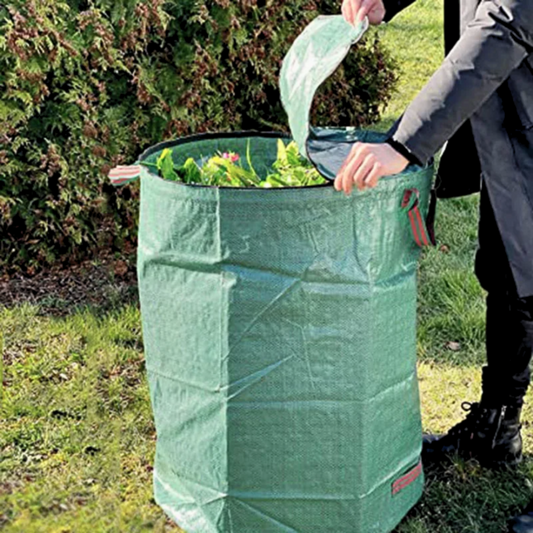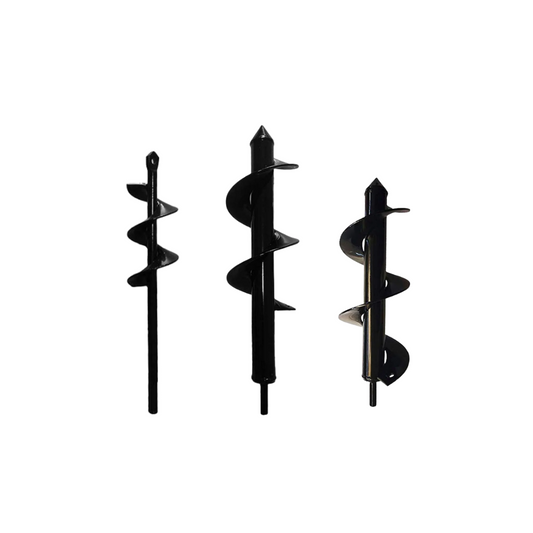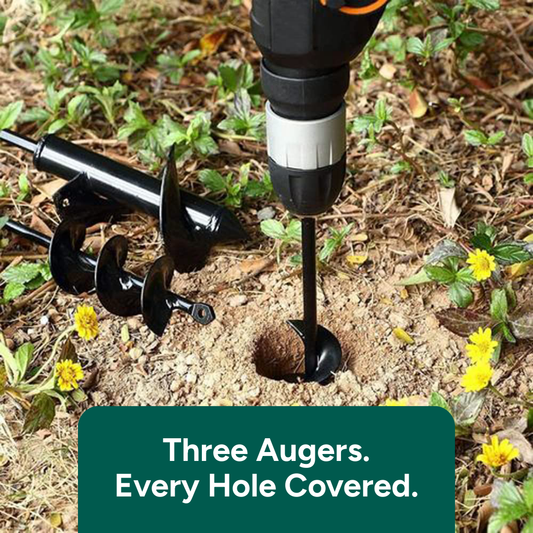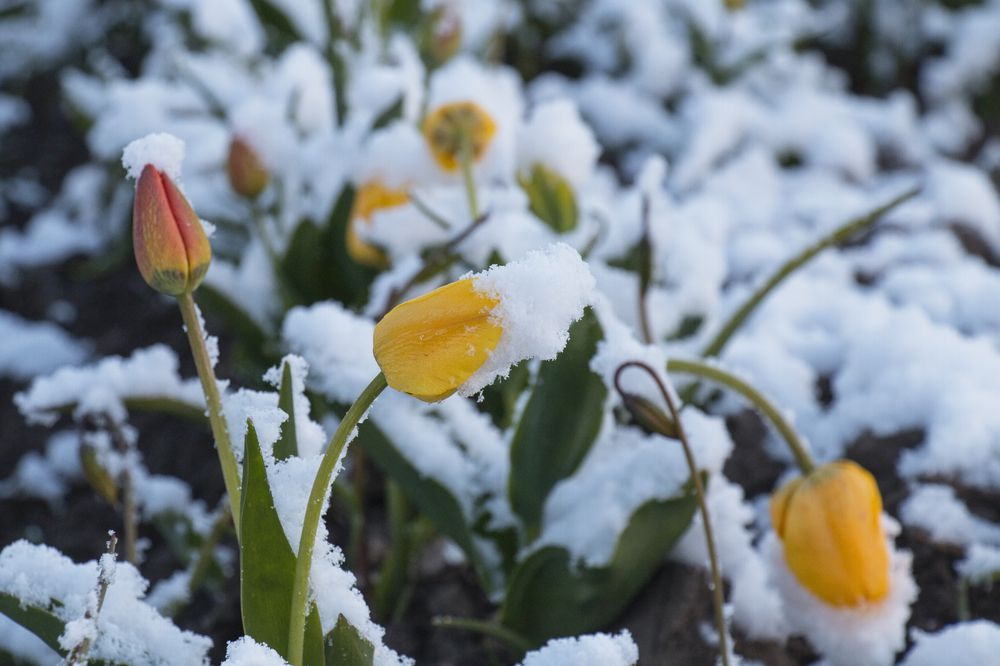
Winterizing Your Garden: Preparing for the Cold Months
Winterizing Your Garden: Preparing for the Cold Months
As the days grow shorter and temperatures begin to drop, gardeners face the inevitable transition from the vibrant growth of summer and fall to the quiet dormancy of winter. While it may be tempting to pack up gardening tools and wait for spring, preparing your garden for winter is crucial for protecting plants, soil, and garden infrastructure. Winterizing your garden not only safeguards your investment of time and effort but also sets the stage for a successful, healthy garden in the coming year. So pull up a seat, grab yourself a nice hot cup of coffee and your garden trowel because it’s time to dig in to this week’s hot topic!
Why Winterizing Matters
Winter weather brings several challenges to gardens. Freezing temperatures, heavy snow, ice, and strong winds can damage plants, compact soil, and even destroy garden structures. Perennials, young trees, and shrubs are especially vulnerable if not properly protected. Additionally, garden beds left untended may suffer from erosion, nutrient loss, or pest infestations. By taking proactive steps to winterize, gardeners can:
· Prevent plant damage and root dieback.
· Reduce soil erosion and nutrient loss.
· Minimize pest problems in the following spring.
· Protect garden structures such as trellises, raised beds, and irrigation systems.
Step 1: Clean Up Your Garden
The first step in winterizing is to clean and organize your garden. Remove dead annual plants, weeds, and spent vegetables to reduce disease and pest populations that may overwinter in plant debris. Dead leaves and plant matter can harbor fungal spores, aphids, or other insects, which could reinfest your garden in spring.
Compost healthy plant material that is disease-free, but discard anything showing signs of disease, such as blight or mold. Cleaning up also allows you to assess the garden for any repairs or adjustments needed before winter sets in.
Step 2: Protect Perennials and Shrubs
Perennials, trees, and shrubs need extra protection to survive harsh winter conditions. Begin by mulching around the base of plants. A 2–4 inch layer of straw, shredded leaves, or bark mulch insulates roots, retains soil moisture, and prevents frost heaving, which occurs when soil repeatedly freezes and thaws.
For tender perennials or young shrubs, consider using plant covers, burlap wraps, or cloches to shield them from wind, ice, and snow. Evergreen plants, in particular, are prone to winter burn from dry winter winds, so wrapping them in breathable materials can reduce damage.
Step 3: Prepare Soil for Winter
Healthy soil is the foundation of a thriving garden. After cleaning up, amend your soil with compost or organic matter to replenish nutrients lost during the growing season. This improves soil structure, moisture retention, and microbial activity, which benefits plants in spring.
For vegetable gardens, consider cover cropping. Planting cover crops like clover, rye, or vetch protects soil from erosion, suppresses weeds, and adds nitrogen back into the soil. Even if you don’t plant a cover crop, applying a thick layer of mulch or leaf litter can protect soil and improve fertility.
Step 4: Protect Garden Infrastructure
Garden structures such as raised beds, trellises, fencing, and irrigation systems also need attention. Remove or store hoses, sprinklers, and irrigation timers to prevent freezing and cracking. Drain water from hoses and irrigation lines to avoid damage caused by expanding ice.
Inspect trellises, fences, and raised beds for stability, repairing any weak areas before snow and ice accumulate. If you have raised beds, adding a layer of mulch or straw over the soil provides insulation and keeps the soil structure intact.
Step 5: Plan for Cold-Weather Vegetables
If you enjoy year-round gardening, consider planting cold-hardy vegetables or using season extenders. Crops like kale, spinach, garlic, and carrots can survive frost and even benefit from cold weather, developing sweeter flavors. Using row covers, cold frames, or hoop houses can protect these plants from extreme cold while extending the growing season.
Step 6: Care for Containers and Houseplants
Container plants are more exposed to cold and may suffer root damage if left outside. Move potted plants to sheltered areas such as garages, sheds, or unheated greenhouses. For frost-tolerant containers, insulate them with burlap or bubble wrap and elevate pots off the ground to prevent freezing from below.
Houseplants brought indoors require attention as well. Ensure they receive adequate light and reduce watering, as growth slows in winter. Keeping humidity levels consistent can prevent leaf drop or damage from dry indoor air.
Step 7: Protect Your Lawn
Winterizing your garden also includes caring for your lawn. Rake fallen leaves to prevent mold and disease, mow to a slightly shorter length, and aerate if necessary. Fertilize with a slow-release, winter-hardy fertilizer to provide nutrients that will help grass roots survive the cold months. Avoid walking on frozen or saturated grass to prevent damage.
Step 8: Store Tools and Equipment
Properly storing tools, pots, and garden equipment prevents rust and wear during winter. Clean, sharpen, and oil garden tools before storing them in a dry, sheltered location. Drain fuel from lawnmowers and other equipment to avoid damage during storage.
Winterizing your garden is more than just a seasonal chore—it is a critical step in ensuring the long-term health and productivity of your outdoor space. By cleaning up plant debris, protecting perennials, amending soil, safeguarding infrastructure, and planning for cold-weather crops, gardeners can reduce stress on plants and soil, prevent damage, and make spring gardening more rewarding.
With a little preparation, your garden can endure the harshest winter conditions and emerge ready to flourish when warmer weather returns. Taking the time to winterize is an investment in your garden’s future, ensuring that your plants, soil, and tools are preserved and ready for another year of growth, color, and harvest. Winter may seem like a quiet season, but a well-prepared garden is quietly thriving, setting the stage for a bountiful and beautiful spring!

